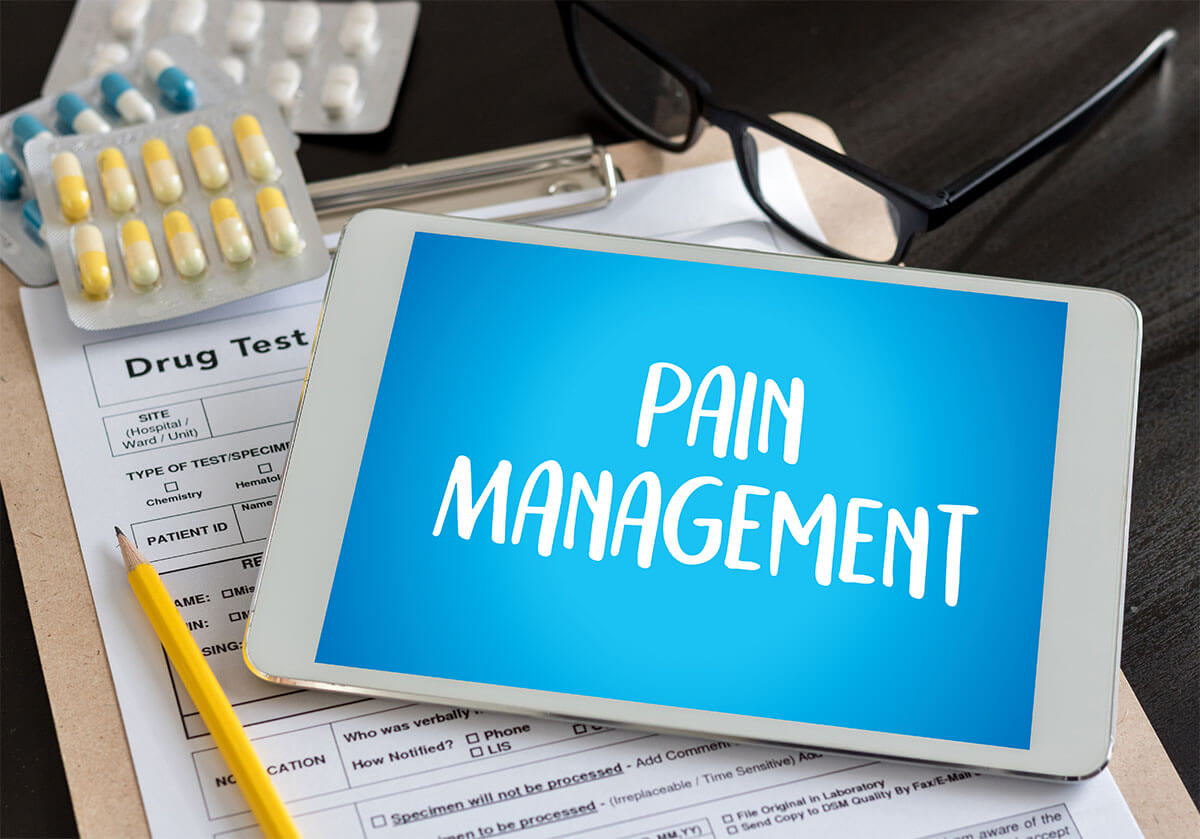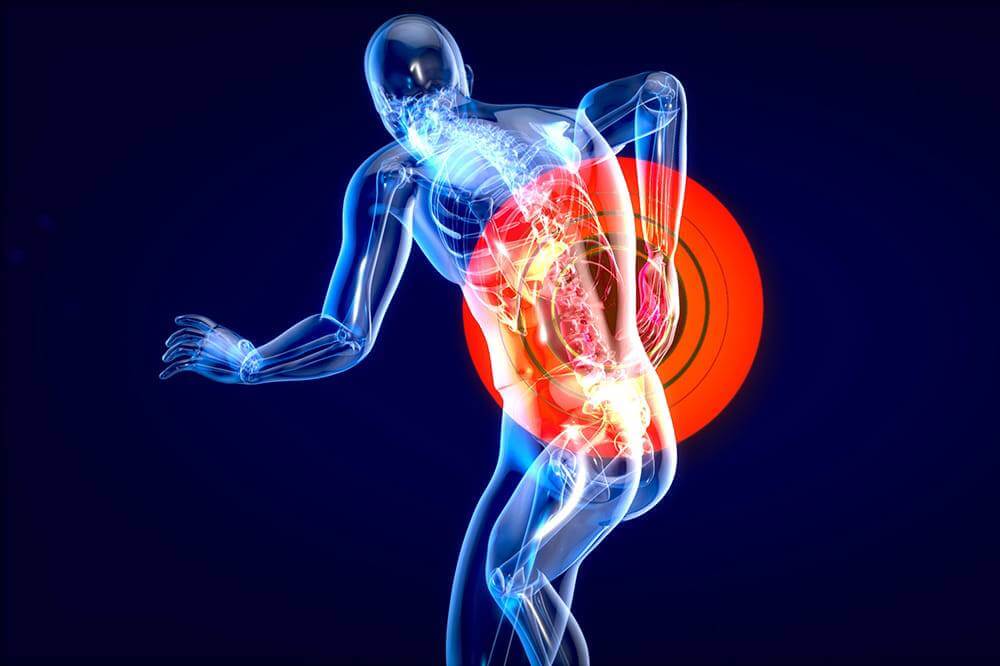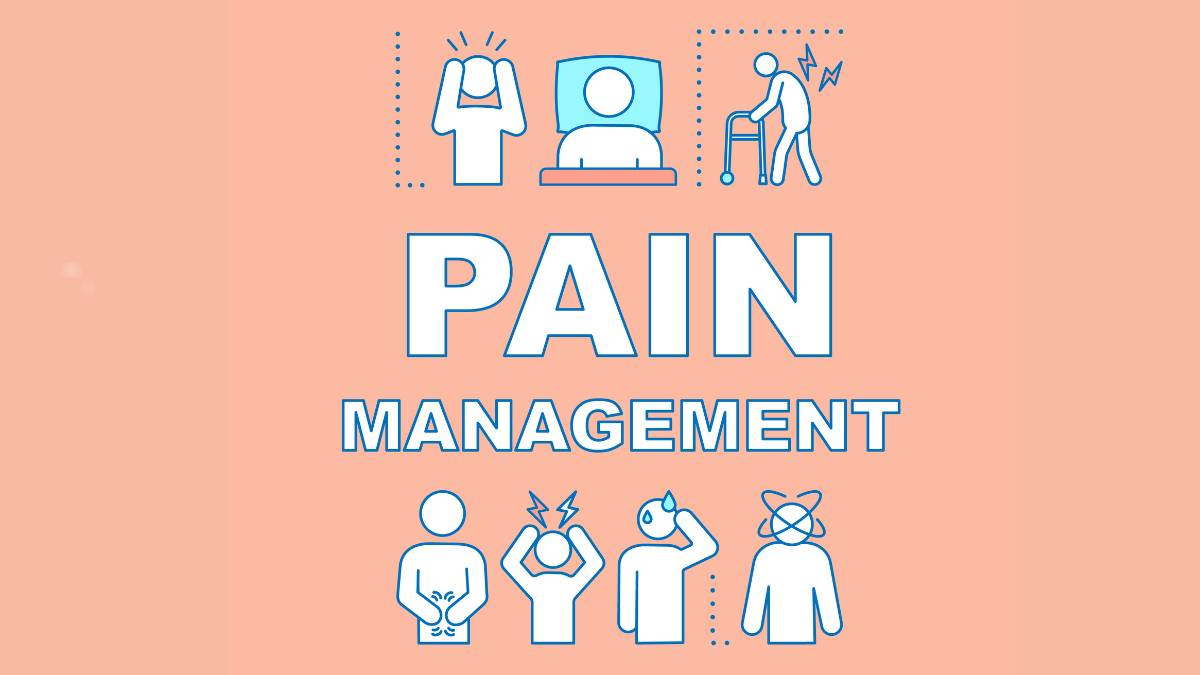Treatment of chronic pain involves not only the physical but also the psychological aspects of the condition. Chronic pain refers to pain that lasts for three to six months and can significantly affect a person’s quality of life. Understanding the psychological aspects of chronic pain management is important because psychological factors can contribute to and cause chronic pain. Here are some important points to consider. The opioid epidemic is affecting communities across the country, creating fear over prescription drugs. As a result, many patients with serious illnesses do not receive safe and appropriate pain management, causing unnecessary suffering for chronic pain patients. The unit includes extensive training in chronic pain management, harm reduction, opioid misuse assessment and treatment of opioid use disorder (OUD) in critically ill patients. It addresses the relationship between chronic pain, OUD, substance use disorder (SUD) and serious illness, and includes factors that influence decision-making in medically complex patients. Chronic pain is a complex condition that not only affects a person physically but also has a psychological impact. Implications Understanding the psychosocial aspects of chronic pain management is critical to developing effective treatment strategies.
Management of Chronic pain:
You are better able to get your uncomfortableness under control when you are laid-back. Fear and anxiety stem from the unconscious brain so it is obligatory to tap into this mental resource to get the relief that you. Self-hypnosis can help you adjacent the pain gate in your brain, which helps you to feel much better in chronic pain.
When you relax, you will be better able to deal with discomfort. Fear and anxiety originate in the unconscious mind, so it is necessary to use this mental resource to get help you.
The Hypnosis CD is perfect because it provides the pain self-care tool you need to succeed. Your other treatments will work better if your mind accepts them. Relaxation, concentration and imagination are key factors in this complementary therapy. The hypnosis process gives you the relaxed focus you need to manage chronic pain.
In addition to medications, alternative therapies can help manage chronic pain. Manage Chronic Pain is a powerful recording by Joseph Clough based on the wealth of experience of this talented hypnotherapist and trainer. This recording is one of the best titles available on the subject and offers results-oriented techniques for the self-management of pain. It’s just one of an extensive series created by this talent.
Pain serves an important purpose. This defence mechanism signals the brain that you are in danger. The body’s response to pain is immediate. You react to pain before it even registers in your brain. This safety measure helps you get out of dangerous situations very quickly. Your organic structure processes pain-direct nerves. Nerves send away messages to the mind through the nervous system. The spinal cord is the pathway from the spinal cord to the brain. This centre transmits nerve signals to the brain. You can treat chronic pain in a variety of ways, although the pain is difficult to treat. The first step is to discuss your condition with your doctor to determine if there is a medical condition that requires medical attention before self-medicating. In the meantime, you can use pain self-management techniques to make your pain manageable.
Chronic pain management is a complex and multifaceted process that often requires a holistic approach that includes medical, physical, and psychological interventions. Here are some strategies that are commonly used to treat chronic pain.
Medical intervention:
Medicines:
Depending on the type and severity of your pain, your doctor may prescribe medications such as pain relievers, nonsteroidal anti-inflammatory drugs (NSAIDs), antidepressants, anticonvulsants, or opioids.
Intervention steps:
These include injections (such as nerve blocks or epidurals) or surgical procedures to relieve pain or remove the cause. Physical therapy:
Physical therapists
can provide exercises, stretches, and other techniques to improve mobility, strength, and function while reducing pain.
Cognitive Behavioral Therapy (CBT)
CBT helps identify and change negative pain-related thought patterns, feelings, and behaviors by promoting coping strategies and relaxation techniques.
Mindfulness and meditation
These exercises can improve self-awareness, improve relaxation, and reduce pain perception.
Relaxation Techniques
Deep breathing, progressive muscle relaxation, guided imagery, and other relaxation techniques can help relieve pain and stress.
Practice
Regular physical activity can strengthen muscles, improve flexibility, improve mood and reduce the sensation of pain. Talk to a healthcare practitioner or physical therapist to determine the right exercises for your condition.
Sleep
Practicing good sleep hygiene and maintaining a regular sleep schedule can reduce pain and improve overall health.
Nutrition
A healthy diet and balanced diet can promote overall health and help manage pain. Avoiding foods that cause inflammation, such as processed foods or added sugar, may help some people. Managing stress: Stress can make pain worse. Using stress-reducing techniques such as relaxation exercises, hobbies, and enjoyable activities can help manage chronic pain.
Complementary and alternative therapies:
Acupuncture:
This traditional Chinese medical practice involves inserting thin needles into specific points on the body to relieve pain and promote general health.
Massage therapy:
Various massage techniques can help relieve muscle tension, improve circulation, and provide temporary pain relief.
Herbal supplements:
Certain herbs, such as turmeric, ginger and devil’s claw, are traditionally used to relieve pain. However, before trying supplements, check with your doctor to make sure they are safe and appropriate for you.
It is important to remember that chronic pain treatment is highly individualized and what works for one person may not work for another. Consultation with a medical professional experienced in pain management is important to create a comprehensive treatment plan tailored to your specific needs.




